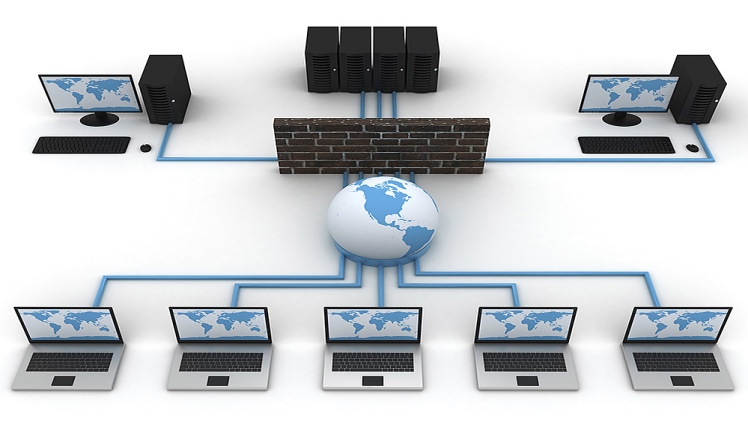How To Organize and Manage Your Data

Data is the lifeblood of every organization, yet it can be difficult to keep track of everything. In this article, we’ll show you how to organize and manage your data so you can make the most of it. Keep reading to learn more!
Invest in data management software.
Data management software is a category of software that helps you organize and manage your data. There are many different types of data management software, including but not limited to the following: database management systems, file managers, contact managers, project managers, note-taking applications, and word processors.
Database management systems (DBMSs) allow you to create and manage databases. A database is a collection of information that is organized in a specific way. DBMSs can help you keep track of your data by allowing you to create tables, fields, and records. Tables are the basic structure of a database. Fields are the specific information that is stored in a table. Records are the individual instances of data that are stored in a table.
File managers allow you to organize and manage your files on your computer. They can help you keep track of your files by allowing you to create folders and directories. Folders allow you to group files together, while directories allow you to hierarchically organize your files. Contact managers allow you to store contact information for people or businesses. Project managers allow you to track the progress of projects by storing information about tasks, resources, deadlines, and budgets. Note-taking applications allow you to take notes by typing or writing them down by hand. Word processors allow you to create documents by typing text into them
Sort and organize your data.
Sorting data helps to keep track of it and makes it easier to find when needed. There are many ways to sort data, depending on the type of information and what is needed. When organizing data, it is important to consider how it will be used so that the most effective system can be created. Once you know the type of data and what you want to do with it, there are a variety of ways to sort it.
One way to sort data is by its numerical value. You can use a numerical sorting algorithm, like bubble sort or quicksort, to sort a list of numbers in ascending or descending order.
You can also sort data in alphabetical order. This can be done using a sorting algorithm, like merge sort, or by simply comparing each value in the list to the next value, and putting them in order based on their alphabetical values.
Another way to sort data is by its type. You can use a sorting algorithm, like heap sort, to sort a list of objects based on their type. For example, you could sort a list of strings, numbers, and booleans into three different lists, based on their type.
Finally, you can also sort data by its relevance. This can be done using a sorting algorithm, like binary search, or by simply comparing each value in the list to the next value, and putting them in order based on how relevant they are to your criteria.
Set up a filing system that works for you.
There is no one perfect way to organize and manage your data in a filing system. However, some general tips can help you set up a filing system that works for you.
First, start by creating a database or spreadsheet where you can track all of your important information. This should include contact information, account numbers, passwords, and any other important data that you need to access regularly. Programs such as Microsoft Excel or Numbers can be used to create spreadsheets with lists of information or track expenses. Other programs such as Adobe Photoshop or InDesign can be used for graphic design projects or photo editing. Find the program that fits your needs and learn how to use its features effectively.
Next, create folders or labels to organize your data. You may want to separate your files by topic (e.g., personal finances, work documents, etc.) or by the type of file (e.g., Word documents, Excel spreadsheets, PDFs).
Then, decide on a filing system that will work best for you. You may want to use physical folders and file cabinets, or an electronic filing system. Whichever system you choose, be sure to keep it updated and organized so that you can quickly find what you need when you need it.
Share your data with others when necessary.

There will come a time when you need to share your data with others. Perhaps you are working on a project with a colleague and need to share some files, or maybe you are getting ready to move and need to give your landlord access to your rental agreement. In these cases, it is necessary to know how to organize and manage your data so that you can easily share it with others.
The first step is to create a folder structure that makes sense for the way you work. If you frequently collaborate with others, consider creating a shared folder where everyone involved in the project can access the files they need. Alternatively, if you only need to share files occasionally, create a one-time sharing link that gives someone temporary access to the files they need.
Once you have created your folder structure, make sure all of your important files are saved in the correct place. This includes documents, photos, videos, and any other type of file that is important to you. It can be helpful to create specific folders for each type of file so that everything is easy to find.
Finally, remember that not everyone uses the same software or operating system as you do. If you need to send someone a file in a format they can open, be sure to convert it into a compatible format before sending it their way.
Overall, learning how to organize and manage your data is an important skill to have.



